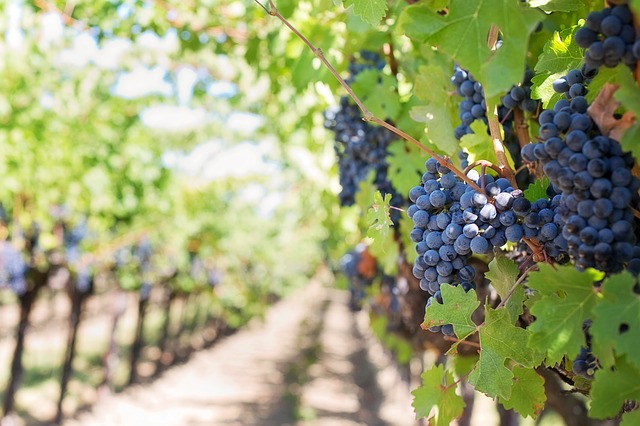
VALLE DE COLCHAGUA, Chile – Dozens of tourists armed with sharp scissors and donning dusty gloves and aprons walk through rows of green vines, hand-picking dark purple grapes that will be turned into Chilean wines enjoyed around the world.
It’s hard work under a scorching sun and the professional pickers watching them from a distance grin knowingly. But the tourists have paid for the hands-on experience at Chile’s harvest, which draws thousands of visitors each year, so they carefully cut the precious grapes in bunches and deposit them into wooden crates at the Viu Manent winery.
“The truth is that you always drink the wine, but you don’t really know the process behind it,” said Gina Cuesta, a visitor from Colombia.
Chile is the world’s No. 9 wine producer, with an output of about 800 million litres last year. It was the world’s fourth-largest exporter by volume, and the leader among “New World” producers.
The South American country has been making wine since the mid-1500s, when Spanish settlers brought the first vines, and has become known for producing reliable and affordable wines.
Visitors pay up to $90 for the tour of Viu Manent, which includes riding on horse-drawn carriages or bikes in the pastures of the Colchagua Valley, one of Chile’s best-known wine regions.
And they get the grape-picking experience.
While the tourists don’t get to keep the grapes, they top off their work with grilled steak, fermented grape juice and a glass of malbec at the vineyard’s visitor centre, which this year was named best in the world by the British magazine Drinks International. Founded in 1935, Viu Manent was also awarded Winery of the Year in 2017 by the Wines of Chile association.
“There are some vineyards that offer similar initiatives, but none is as complete and focused on the integral experience of wine producing and enology as ours,” said Freddy Grez, who is in charge of Viu Manent’s tourist activities.
Each year, about 37,000 visitors – most of them from Brazil and the United States – visit the winery about 90 miles (140 kilometres) south of the Chilean capital. The two-hour drive from Santiago along the country’s “Wine Trail” gives tourists the chance to wine-hop at guesthouses and restaurants that offer carmenere, cabernet sauvignon and other varieties for which Chile is known.
Chile’s natural barriers have a lot to do with the successful growth of its wine industry. It is shielded by the Pacific Ocean on the west, the Andes mountains on the east, Antarctica to the south and the world’s driest desert to the north. This has helped protect Chile from plagues, allowing winemakers to grow vines ungrafted, using ancient cultivation techniques.
In recent years, Chilean winemakers have also been experimenting with other temperatures and terrains. In the quest for more interesting tastes and characters, they’ve grown grapes in extreme places such as the icy south and the Atacama Desert.
Back at Viu Manent, the team of tourists has gathered about 1,100 pounds (500 kilograms) of grapes. It seems like a lot but Grez says that depending on the harvest, professional workers can pick two to four times as much – anywhere from 2,000 pounds (900 kilograms) to 4,400 pounds (2,000 kilos) a day.
“I thought it was interesting because I put myself in the shoes of the people who do this work,” lawyer Ana Maria Farren said. “We were here for half an hour and ended up tired. The (workers) are here for hours at a time. This experience allowed me to understand all the heavy work that is behind a bottle of wine.”